5. 2001: A Space Odyssey
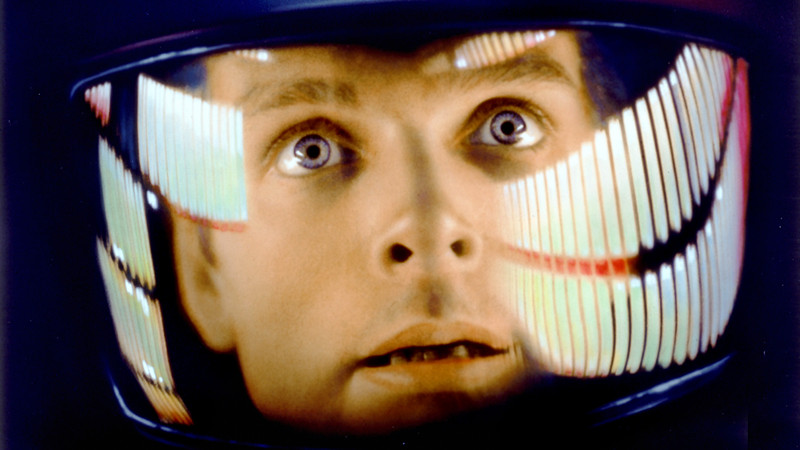
There is nothing that hasn’t already been told about “2001: A Space Odyssey.” It was American auteur Stanley Kubrick’s 1960 magnum opus and space operas have shamelessly copied and derived from this film ever since. Everyone knows about Kubrick’s prophecy of technology in this film. It is one of the rarest achievements when the scientific accuracy of a film passes the 90 percent mark, and significant technologies have been introduced before their invention decades later, such as video calling. But the most awe-inspiring thing in the film is its establishment of the loneliness of space.
The introductory minutes are slow, borderline frustrating, but much needed indeed. As the film progresses, the viewer understands the importance of the initial pacing and immerses and loses themself in the hallucinatory maze of our mad world and its cinematic and literal “space” or void.
4. The Assassination of Jesse James by the Coward Robert Ford
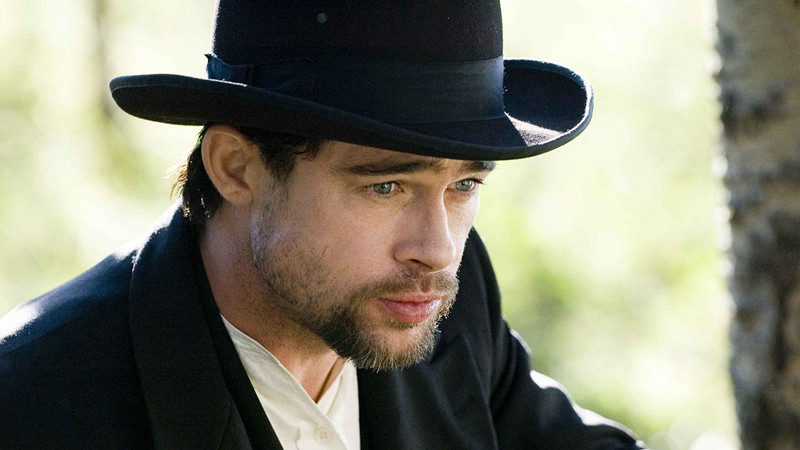
Another cinematic achievement of Roger Deakins, “The Assassination of Jesse James by the Coward Robert Ford” is one of his oldest cinematic works and one of the best. Consult any cinematographic manual or book, and there must be some examples from this film. To begin with, the lighting is excellent in the film. Balanced with light from natural and artificial sources, this film brings alive the old legend of Jesse James.
While watching the film, one would automatically be transported back to the age of Jesse James and Robert Ford. There are major acting talents in this film – Brad Pitt, Casey Affleck, Sam Rockwell, to name a few. A major cinematic work, this also highlights the fantastic directorial skill of the Australian film director Andrew Dominik.
3. Das Boot
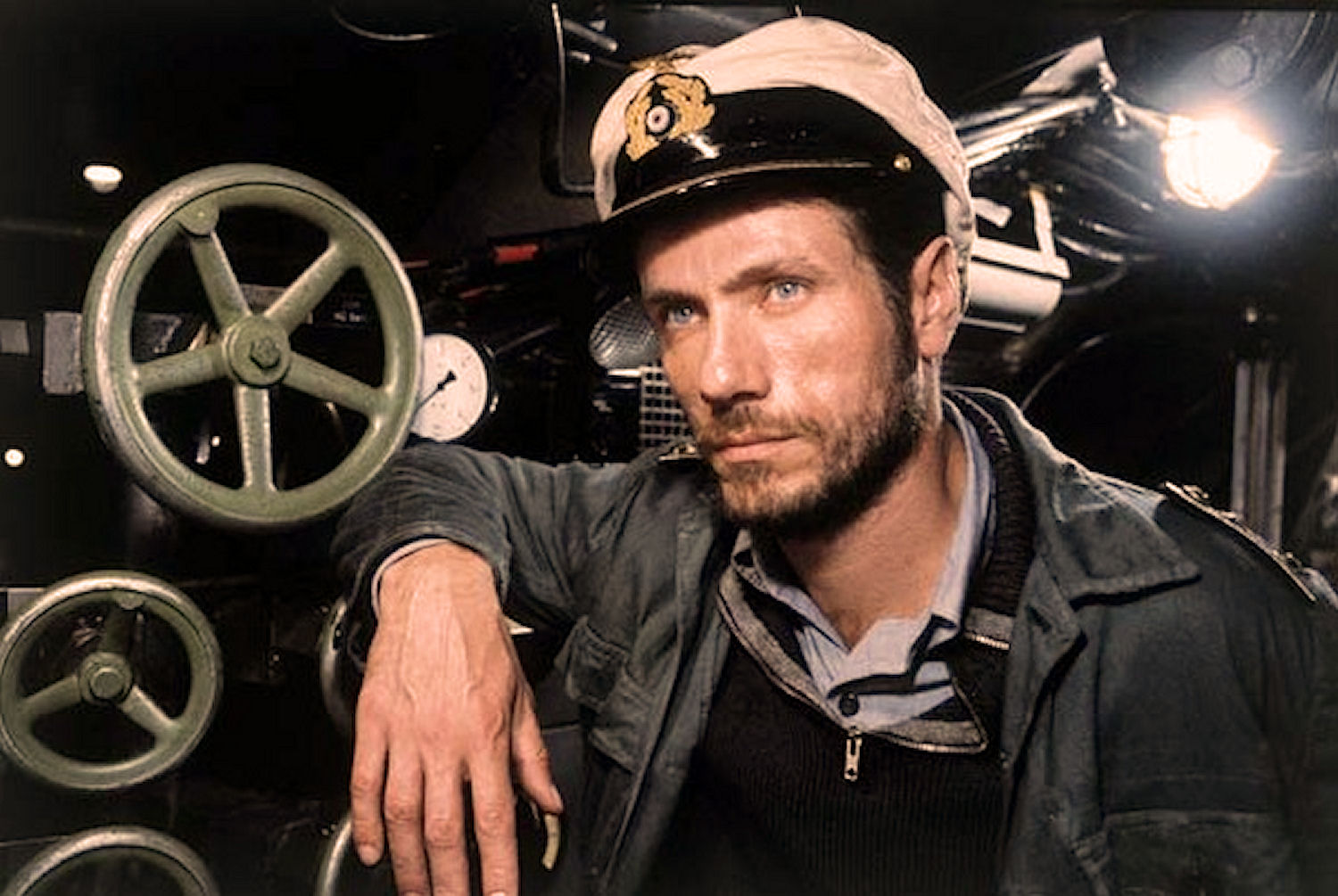
One of the longest films in this list, “Das Boot” utilized every moment of its running time with maturity. From all the films on the list, the sound design of “Das Boot” could be the best textbook knowledge for future sound technologists. The German film director Wolfgang Petersen is at his best here; all the characters in the film are well fleshed out and the sounds at every inch and corner of his U-boat are justified. Petersen maintains a thrill throughout the film, which is a very difficult job for a film that runs for more than 200 minutes.
There are several versions of the film. While the theatrical cut is 149 minutes long, the 209-minute director’s version is the most enjoyable. One can observe a definite character arc in the film’s treatment. “Das Boot” touches on every important note – it presents action, thrills, human drama, and the claustrophobia of a long, uncertain journey. Sketched out from real historical incidents, “Das Boot” is not mere World War II drama – it’s a spectacular cinematic achievement, a great adventure film that was added in “The 100 Best films of World Cinema” list of Empire magazine.
2. Blade Runner
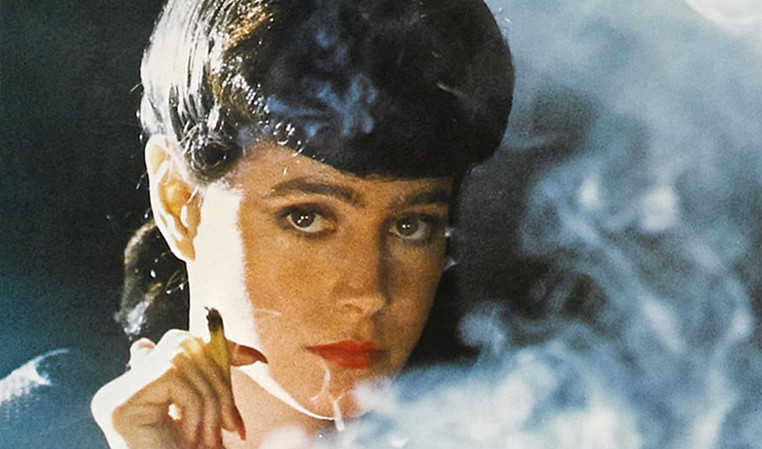
Ridley Scott rose to fame with the father of the cyberpunk films, “Blade Runner,” and proved that the success of “Alien” was not a mere wonder. Scott was already accustomed to the techniques to bring alive a film world after the brilliant sound mixing and visual terror building in the aforementioned film. In “Blade Runner,” adapted from the Philip K. Dick novel “Do Androids Dream of Electric Sheep?”, he again had the chance to build a complete fantasy world from the start and ultimately he marveled at that.
From the very beginning of the film, the viewer is submerged in the dystopian metropolis complemented with rain and moody lighting. The prophetic space cars and bioengineered Tyrell corporation added the intellectual world-building techniques in its full effect. Harrison Ford gave one of his most brilliant performances in the film, but it was possible because of the fantastic world-building of Scott.
By the time Ford is introduced in the film, the viewer is already engrossed in the spectacular visuals and labyrinth of the futuristic Los Angeles city. Scott didn’t hurry with the pace of the film and this time successfully created geography that would immerse the viewer in it.
1. Apocalypse Now
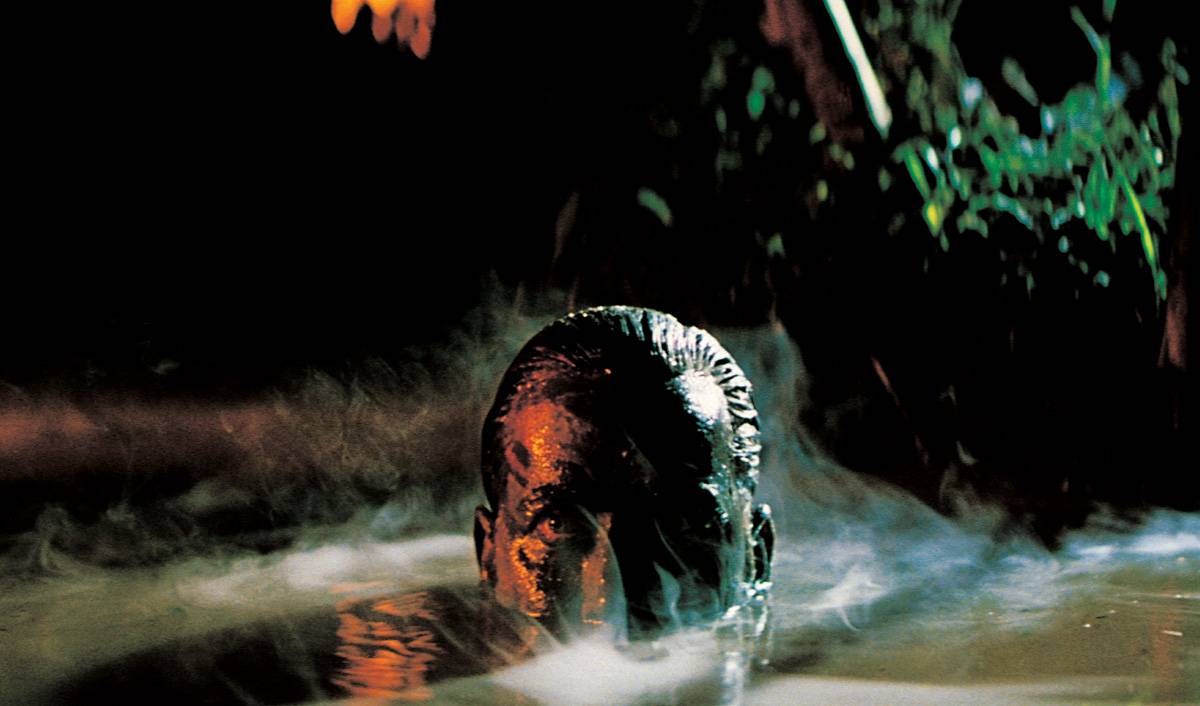
Joseph Conrad’s meticulous descriptions of the horror of war in “Heart of Darkness” have been duly complemented in Francis Ford Coppola’s imaginative film adaptation “Apocalypse Now.” Coppola changed the setting to the Vietnam War and the impact it had on its soldiers. Battling with terrible production problems, Coppola created an image and soundscape that not only illustrates war but boasts war.
The warlike condition on the set may have had something to do with it, but so was the technical and creative virtuosity and decisiveness of the filmmaker that can be seen in the impromptu and spontaneous reactions from an alcoholic Martin Sheen, which Coppola captured without alerting the actor.
The first scene taken in an interior setting itself created the groundwork for the upcoming horror and fatigue, which was only expanded with every passing moment in the film. The amalgamation of fantastic sound design, wide-framed visuals, and spectacular method acting created a historical vision and a great immersive film that was expectedly awarded by the Cannes Film Festival Committee when Coppola screened a rough cut to the jury members. The mere mention of the scent of napalm brings back the memories of “Apocalypse Now,” such is the influence of the film in modern cinema culture.